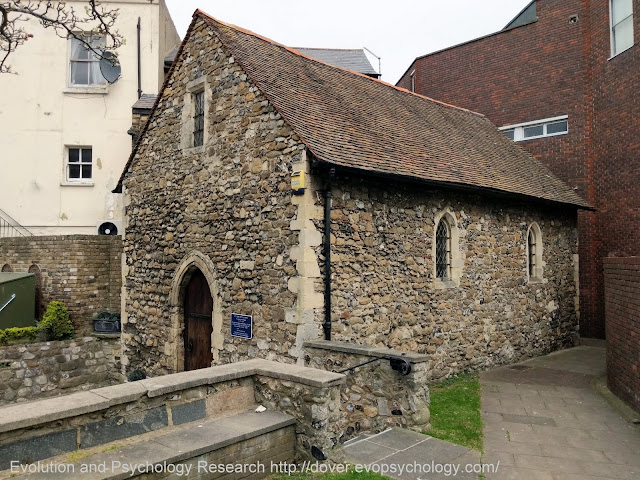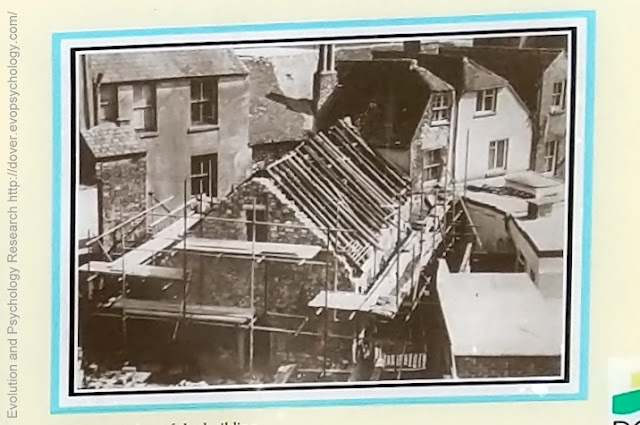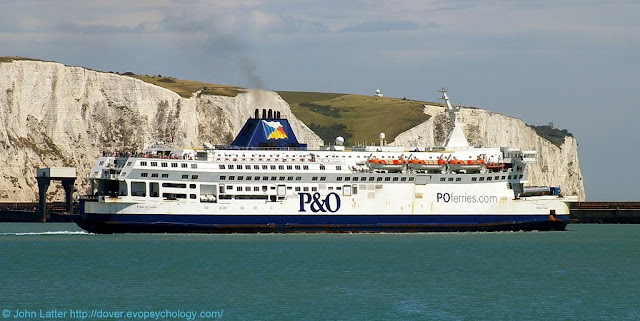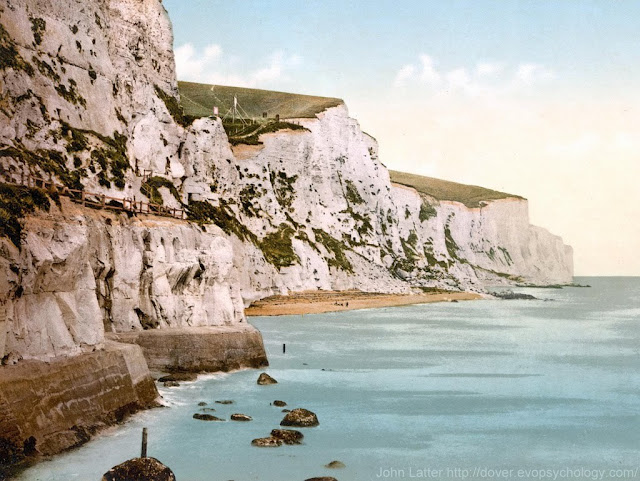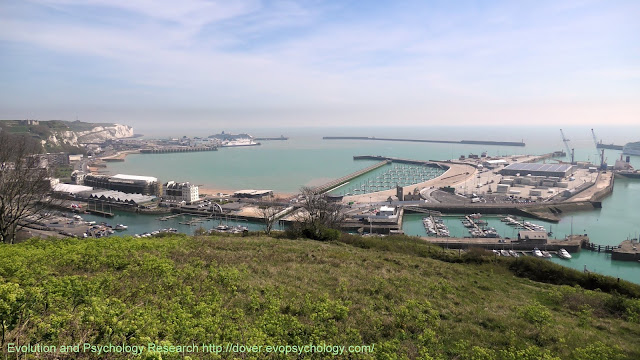I record and watch BBC news broadcasts about the pandemic several times a day but I am oblivious of the increasing numbers of tragedies that are happening right here in my hometown of Dover, England:
The above table is a stark reminder of why social distancing is such an important weapon in the war against this invisible enemy, no matter how familiar the faces and the places that I see every day are.
It is taken from a news article by Kent Online that was published yesterday and updated today (29th of April).
The article begins:
Coronavirus Kent: Death figures across Kent rise significantly with more accurate reporting of non-hospital deaths
New figures reveal a substantial leap in the number of known Covid-19 deaths in Kent - as reporting accuracy increases to include non-hospital settings.
The latest statistics show there were 542 deaths attributed to the virus across the county up to April 17, a number 37% higher than the NHS figure for the same period, which counted only deaths which happened in hospitals.
And then goes on to say:
The ONS (Office for National Statistics) provides data based on all registered deaths where people had Covid-19 mentioned on their death certificate as a listed cause of death.
This information is published later than the NHS England figures for deaths in hospital because it takes longer for the ONS to certify doctors reports, produce death certificates and to publish its figures.
Speaking during the daily government press conference this evening, health secretary Matt Hancock announced that from tomorrow figures for the number of coronavirus deaths in care homes and in the community will also be published daily along with hospital deaths.
As an aside, I conduct private research into obscure areas of Evolution and Psychology and have an interest in what could be termed a "psychological virus".
It comes into being when an individual hardens the surface fear of their psychological history, and in so doing, create a capacity for psychological violence, of which physical violence is only one component.
It is, in effect, an unnatural "psychological weapon" that is used to damage and distress others, not least such an individual's own children (until, at the very minimum, permanent psychological control has been established).
Recently, I have noticed an increased incidence of carriers of this "virus" causing unnecessary and potentially violent confrontations in the shops that I visit.
On one occasion, a shop assistant remarked that there had been "a few such incidents in the last week or so".
Today, while shopping at the Dover branch of Morrisons, I heard a voice on the supermarket's "radio" state that abuse of staff would not be tolerated. I have never heard such an announcement before.
This is how the "breakdown of Society" could begin unless the problem is suitably addressed - remember, behaviour born of an inner darkness doesn't like the light of day and the last thing carriers of psychological viruses want is publicity.
Enough of my pet subject. To return to the natural pandemic:
From an earlier blog post (Interactive Map of Kent NHS Trust Coronavirus Deaths, UK):
This photo of Buckland Hospital, a Dover "Front Line", was taken on Sunday, 29th of March, 2020 during a permitted coronavirus lockdown bike ride and also appears on Facebook and Twitter:
The location this photo was taken from is marked "P" on the cycling route map for that day:
Original map and biometrics at this Polar Flow web page.
Abbreviated versions of this post are on Facebook and Twitter.



